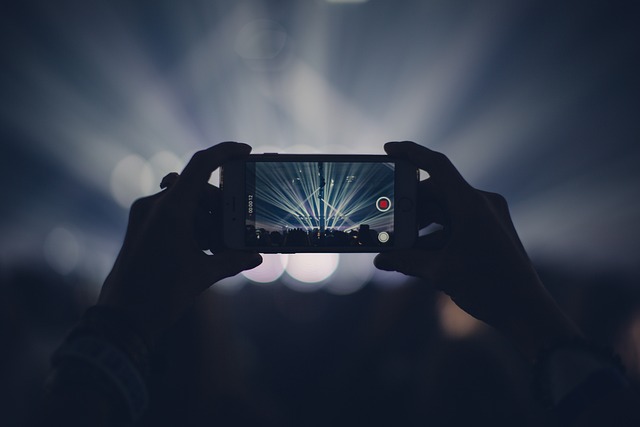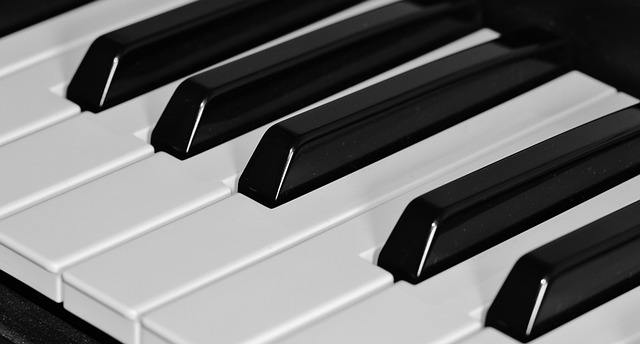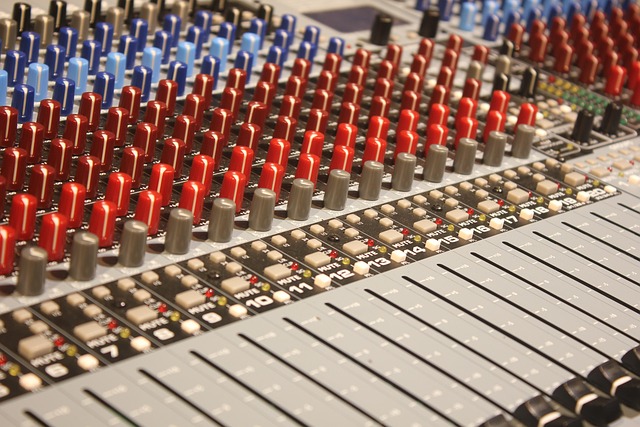Understanding the Importance of Exterior Recording
Creating the perfect atmosphere for your home cinema involves not only choosing the right screen and seating but also mastering the art of exterior recording. The sounds that fill your cinema room can engage your audience, drawing them into the story and enhancing the overall experience. Whether you’re capturing sounds for a backyard movie night or looking to elevate the ambiance of your indoor cinema, the right audio can make all the difference.
Choosing the Right Equipment
Investing in quality recording equipment is essential for achieving superior sound quality. Here are a few essential tools:
- External Microphone: A high-quality external microphone can significantly enhance your recording capabilities. Look for options that offer directional sound capture to minimize background noise.
- Field Recorder: Portable field recorders are ideal for capturing audio on location. Many models come with advanced features like windshields to tackle outdoor conditions.
- Headphones: Don’t underestimate the importance of monitoring your sound in real-time. A good pair of headphones will help you catch any issues while recording, ensuring clarity and quality.
Location is Key
The environment where you conduct your exterior recording can significantly impact the audio quality. Avoid areas with loud human activity or heavy traffic, which can drown out your desired soundscape. Instead, seek out quieter locales, such as secluded parks or your own backyard. Pay attention to natural sounds that can enhance your recording, such as rustling leaves or gentle water flows.
Technical Settings
Understanding how to adjust your equipment for optimal performance is crucial. Here are a handful of tips to get you started:
- Check Levels: Always monitor your input levels to prevent distortion. Aim for peaks around -6 dB to -12 dB to capture a balanced sound.
- Use Windshields: If you’re recording outdoors, using a windshield for your microphone can help filter out unwanted wind noise, producing cleaner recordings.
- Record in High Quality: Set your device to capture audio in a high sample rate (at least 44.1 kHz) to ensure you have enough detail for post-production.
Editing Your Audio for Home Cinema
Once you’ve gathered your exterior recordings, the next step is editing. Use audio editing software to refine your sound:
- Noise Reduction: Employ noise reduction tools to remove unwanted ambient sounds that may detract from your main audio.
- Equalization: Tailor the frequency response of your audio using EQ to enhance certain elements and achieve a more balanced sound.
- Layering Sounds: Don’t hesitate to layer different sound clips to create a fully immersive audio experience. Just ensure that the final mix doesn’t overwhelm the main audio.
Integrating Audio Into Your Cinema Room
Once you have your audio polished, the final step is seamlessly integrating it into your home cinema setup. Consider the acoustics of your cinema room; soft furnishings can absorb excess sound, and proper speaker placement will enhance the listening experience. Secure a balance between the audio and visual elements to create an engaging atmosphere that transports your viewers into the world of your films.
Final Thoughts
The journey to perfecting your home cinema shouldn’t be overlooked, especially regarding audio. Mastering exterior recording can enrich your audio landscape and provide an immersive experience for your audience. With the right tools, techniques, and a bit of creativity, you can elevate your home cinema to new heights.



